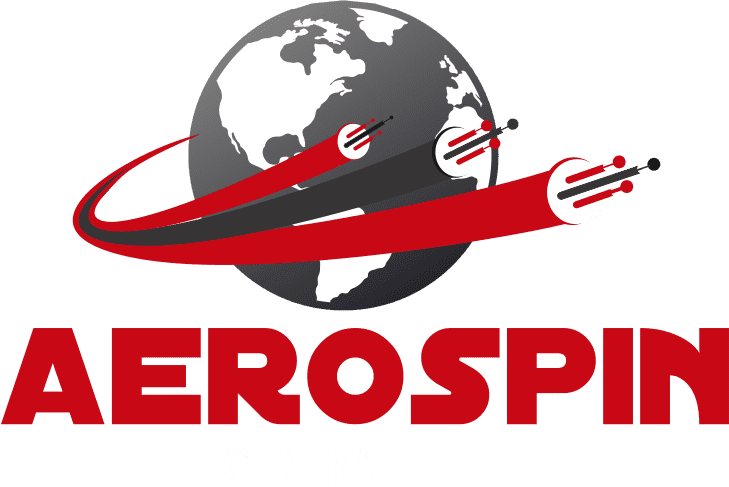Frequently Asked Questions
Environmental factors such as UV exposure, moisture, chemical exposure, and extreme temperatures can impact cable performance. However, the outer sheath is designed to withstand these conditions, ensuring long-term durability and protection against weather-related damage.
The recommended outer sheath material depends on the transmission line’s voltage and requirements for dielectric strength, mechanical protection, and weather resistance. Different materials are selected based on environmental conditions, insulation needs, and mechanical durability.
Yes, fiber optic cables can be used on voltage levels from 65 kV to 765 kV, including HVDC transmission lines. They are unaffected by electromagnetic fields and maintain high performance across all voltage levels.
Fiber optic cables used for wrapping must be lightweight, flexible, and durable. They need to withstand tension, bending, wind, ice accumulation, and vibrations from high-voltage transmission lines without compromising performance.
Specialized wrapping techniques and materials are used to secure fiber optic cables to transmission lines. These ensure stability and protect the cables against vibration, wind movement, and environmental factors.
Yes, fiber optic cables can be retrofitted on older transmission lines. However, before installation, the existing structures must be evaluated for mechanical compatibility, safety requirements, and potential reinforcement needs.
Fiber optic cables can be wrapped around transmission lines manually or using specialized wrapping machines. These methods ensure a safe, efficient, and secure attachment to high-voltage conductors.
Yes, fiber optic cables are widely used for real-time monitoring, communication, and protection on AC and DC transmission lines. They can also be integrated with fiber optic sensing technologies to monitor temperature, strain, and vibration in power lines.
The transmission capacity depends on the type of fiber used (single-mode or multi-mode). Data rates can range from Gbps to Tbps, enabling high-speed long-distance communication for power grid operators.
No, fiber optic cables are non-conductive, meaning they do not interfere with electrical performance or signal transmission of the power line.
Fiber optic cable wrapping does not interfere with standard maintenance practices of transmission lines. However, inspection schedules may include checking the integrity of the wrapping and outer sheath to ensure long-term durability.
Type testing for fiber optic cable wrapping includes:
- Dielectric strength testing
- Tensile strength testing
- Bend radius and flexibility testing
- Impact and vibration resistance testing
- UV resistance, temperature stability, and chemical resistance tests
Yes, installation of fiber optic cables on high-voltage lines requires strict safety protocols. This includes proper grounding, use of insulated tools, safe working distances, and ensuring personnel are trained in high-voltage environments.
Aerospin Global LTD provides a five-year standard warranty on our products. Additionally, an extended warranty of up to 25 years is available, subject to specific terms and conditions. Contact our sales team for detailed warranty information.
End users are responsible for conducting any required type tests at their own cost. However, Aerospin Global LTD will provide the necessary testing cables free of charge to facilitate the process. Our technical team can advise on specific testing requirements for your application.
Still have questions?
Our technical experts are ready to provide personalized assistance for your specific application.
Contact Our Team
